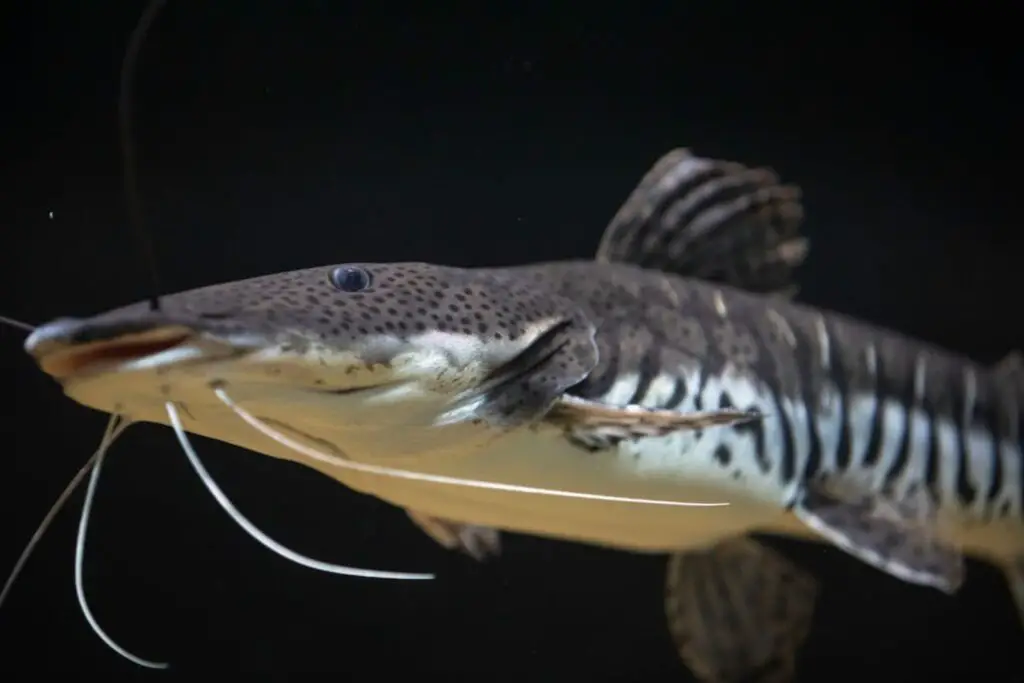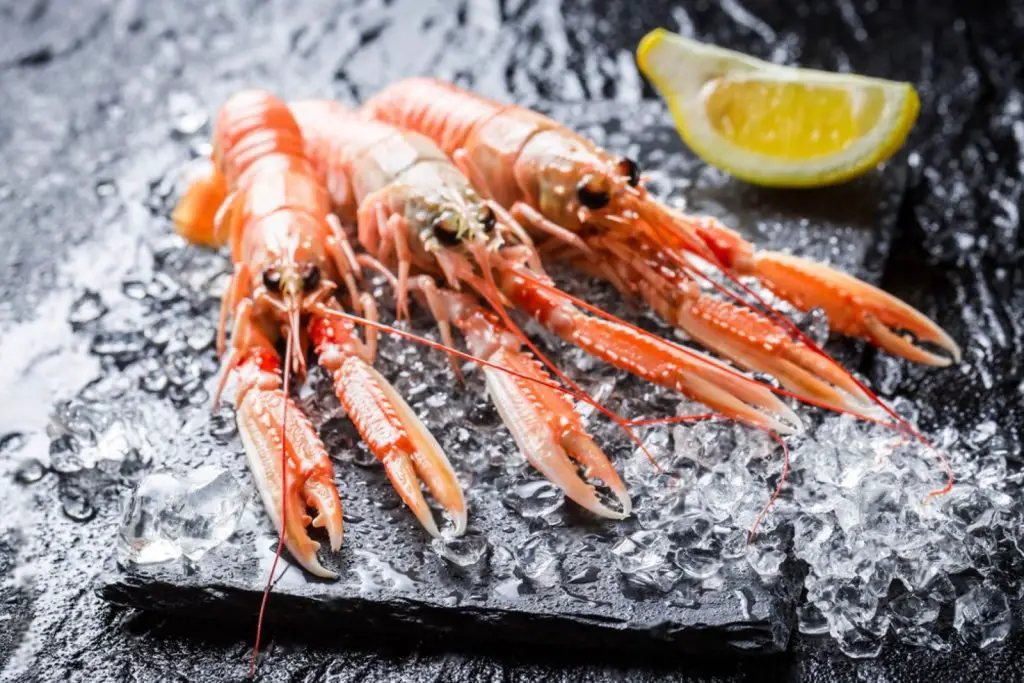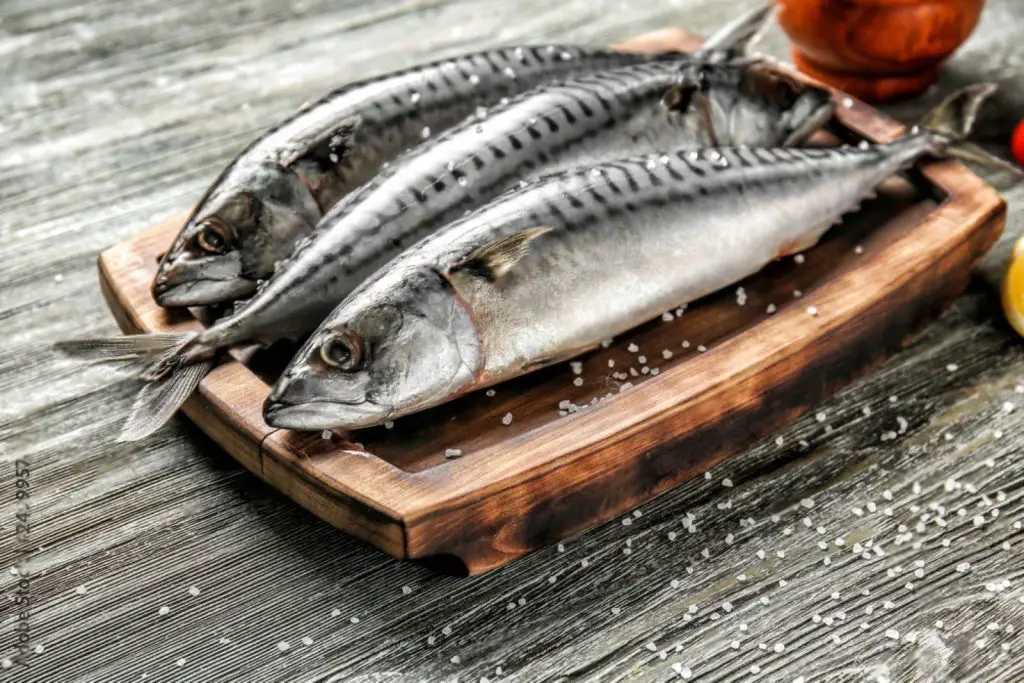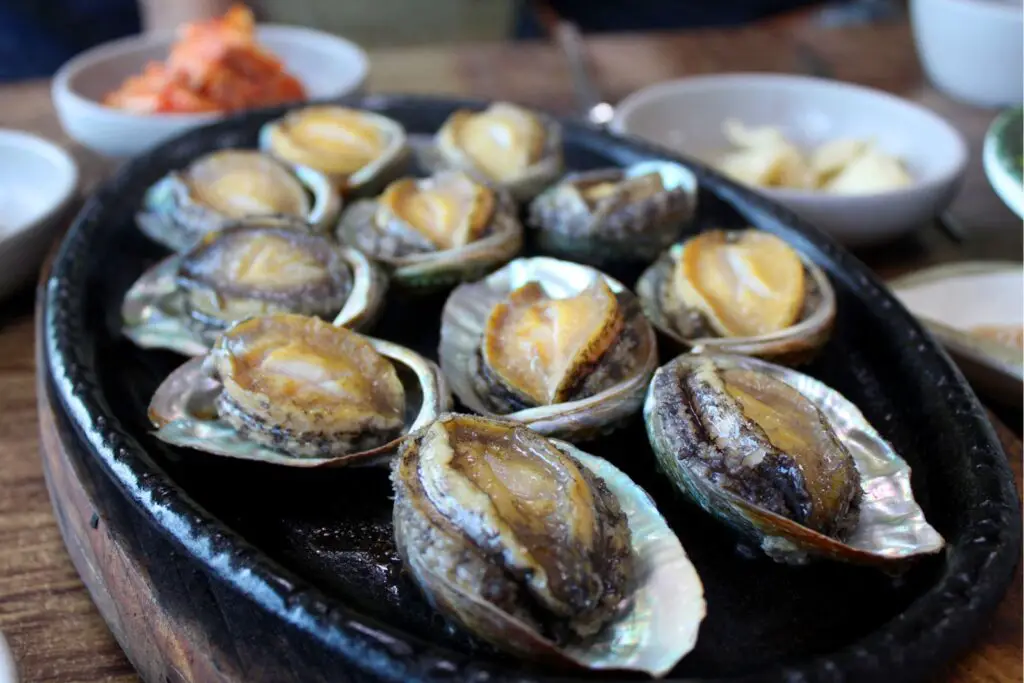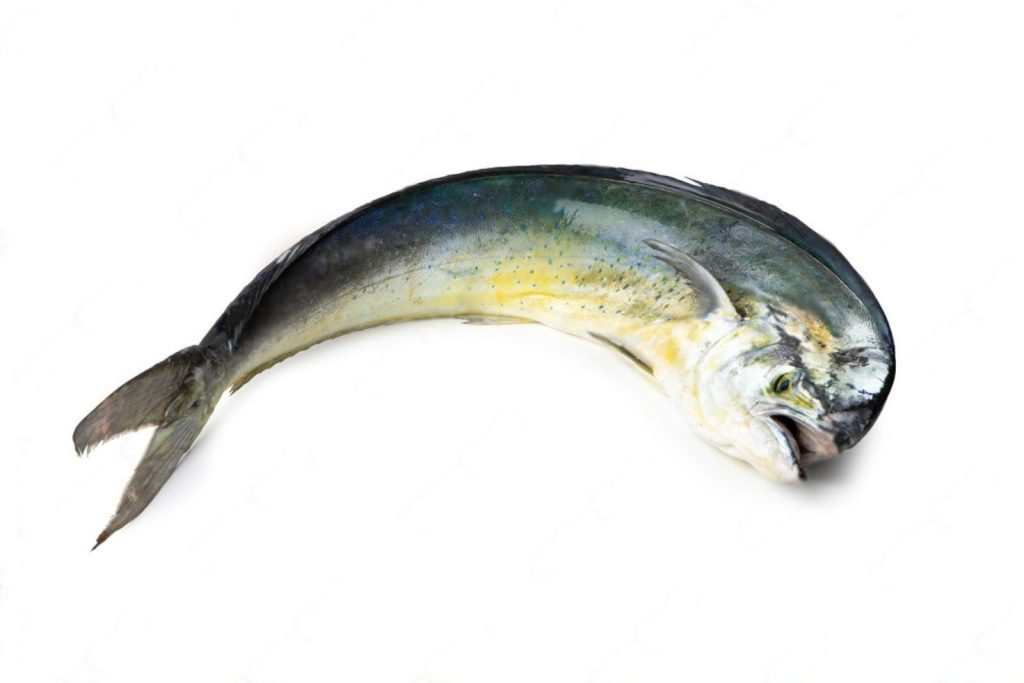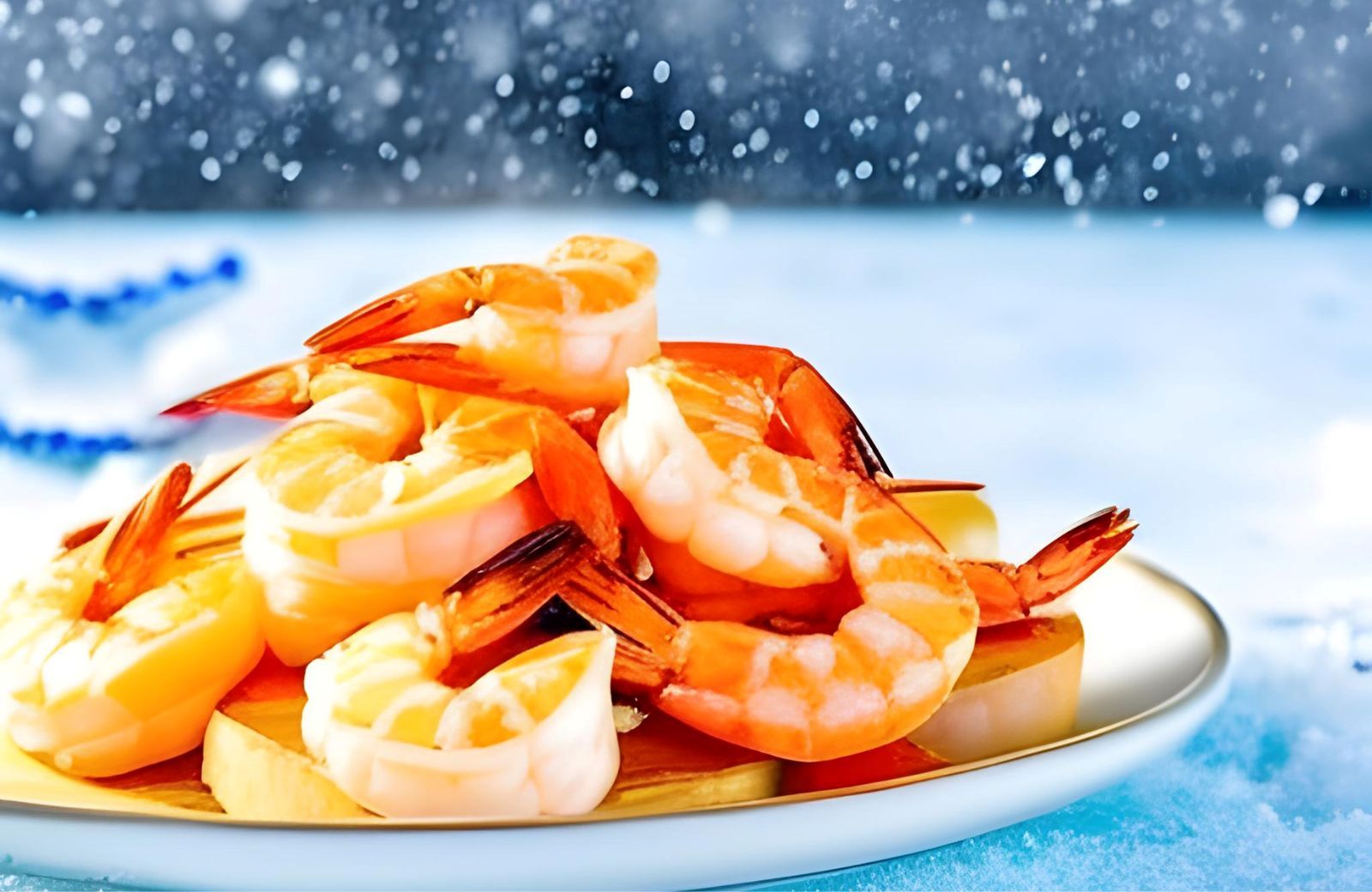
Fresh Gulf shrimp are a prized seafood delicacy known for their sweet, succulent meat and delicate flavor. Whether you’ve caught them yourself or purchased them from a local seafood market, freezing fresh Gulf shrimp can help prolong their freshness and allow you to enjoy them at a later time. Freezing shrimp is a convenient way to preserve their quality, ensuring that they retain their natural taste and texture. By following proper freezing techniques, you can lock in the freshness of the shrimp, making them a versatile ingredient for a variety of dishes, from shrimp scampi to seafood gumbo. So, if you have an abundance of fresh Gulf shrimp or simply want to keep some on hand for future use, freezing them is a great way to ensure their availability whenever you’re craving a taste of the sea.
Here are the steps to freeze fresh Gulf shrimps:
- Step 1. Clean the shrimp.
- Step 2. Rinse the shrimp thoroughly with cold water and pat them dry with a paper towel.
- Step 3. Arrange the shrimp in a single layer on a baking sheet lined with parchment paper.
- Step 4. Place the baking sheet in the freezer and freeze the shrimp until they are firm.
- Step 5. Transfer the shrimp to a freezer-safe container or bag.
- Step 6. Place the container or bag in the freezer.
Step 1. Clean the shrimp.
Cleaning shrimp involves removing the parts of the shrimp that are not usually consumed or considered unappetizing. The process involves removing the head, shell, and vein.
- Head removal: Start by holding the shrimp with one hand and the head with the other. Twist and pull the head away from the body, separating it from the shrimp.
- Shell removal: Once you have removed the head, peel off the shell from the body of the shrimp. You can do this by starting at the top where the head was and pulling down towards the tail. You can also make a small incision along the back of the shrimp and pull the shell apart.
- Vein removal: After the shell has been removed, you will see a dark vein running along the back of the shrimp. This vein is the digestive tract of the shrimp and is not appetizing. To remove it, take a small knife and make a shallow cut along the back of the shrimp, revealing the vein. Then, use the tip of the knife or your fingers to pull the vein out of the shrimp.
Cleaning the shrimp in this way will ensure that you have clean and tasty shrimp that is ready to be cooked or prepared in your desired recipe.
Step 2. Rinse the shrimp thoroughly with cold water and pat them dry with a paper towel.
After cleaning the shrimp by removing the head, shell, and vein, it’s important to rinse them thoroughly with cold water and pat them dry with a paper towel to ensure that any remaining debris or impurities are removed.
Rinsing the shrimp with cold water helps to remove any residual sand or dirt that may be present on the shrimp. It’s important to use cold water because hot water can cause the shrimp to cook slightly, which can affect the texture and taste.
Patting the shrimp dry with a paper towel removes any excess water from the shrimp, which can affect how they cook. If the shrimp are too wet, they may steam instead of sear or sauté, resulting in a less flavorful dish. Additionally, a dry surface will allow any marinade or seasoning to adhere better to the shrimp, resulting in a more flavorful dish.
In summary, rinsing the shrimp with cold water and patting them dry with a paper towel is an essential step in cleaning and preparing shrimp for cooking.
Step 3. Arrange the shrimp in a single layer on a baking sheet lined with parchment paper.
Arranging the cleaned and dried shrimp in a single layer on a baking sheet lined with parchment paper is a necessary step to ensure that the shrimp cook evenly and do not stick to the baking sheet.
Parchment paper is a non-stick paper that is used to line baking sheets or pans. It helps to prevent food from sticking to the baking sheet, which can make it difficult to remove and can result in unevenly cooked food. By lining the baking sheet with parchment paper, you also make cleaning up easier.
Arranging the shrimp in a single layer on the baking sheet is important because it allows for even cooking. If the shrimp are piled on top of each other or crowded together, they may not cook evenly, and some may be overcooked while others are undercooked. By arranging them in a single layer, you ensure that each shrimp has enough space to cook properly.
Step 4. Place the baking sheet in the freezer and freeze the shrimp until they are firm.
When shrimp are frozen, the water inside the shrimp cells freezes and expands, causing the cells to break down and resulting in a softer texture. Freezing the shrimp for a short period of time, like 1-2 hours, doesn’t allow the water to fully freeze and expand, but it does firm up the shrimp, making it easier to handle and cook.
By firming up the shrimp before cooking, you also reduce the risk of overcooking them, which can result in a tough and chewy texture. The firm shrimp will hold up better during cooking and maintain their shape and texture.
In summary, freezing the shrimp for 1-2 hours or until they are firm is an important step in preparing the shrimp for cooking. It helps to ensure that the shrimp cook evenly and maintain their texture, resulting in a delicious and perfectly cooked dish.
Step 5. Transfer the shrimp to a freezer-safe container or bag.
When storing shrimp in the freezer, it’s important to use a freezer-safe container or bag to prevent freezer burn and to keep the shrimp fresh for a longer period of time. Freezer burn occurs when moisture from the shrimp evaporates and crystallizes on the surface, causing the shrimp to become dry and lose flavor.
By removing as much air as possible from the container or bag, you reduce the risk of freezer burn and help to preserve the quality of the shrimp. One way to remove air is to use a vacuum sealer, but you can also manually press out as much air as possible before sealing the container or bag.
Labeling the container or bag with the date is important because it helps you keep track of how long the shrimp have been in the freezer. Shrimp can be stored in the freezer for up to 6 months, but after that, the quality may begin to deteriorate.
Importance: Transferring the frozen and firmed up shrimp to a freezer-safe container or bag, removing as much air as possible, and labeling it with the date is an important step in storing the shrimp in the freezer. It helps to prevent freezer burn and ensures that the shrimp remain fresh for a longer period of time.
Step 6. Place the container or bag in the freezer.
Once the shrimp have been transferred to a freezer-safe container or bag, and the air has been removed, the container or bag should be placed in the freezer. When properly stored, shrimp can be kept in the freezer for up to 6 months.
Storing the shrimp in the freezer not only helps to preserve their freshness but also allows you to have shrimp on hand whenever you need them. Frozen shrimp can be quickly thawed and used in a variety of dishes, making them a versatile and convenient ingredient.
It’s important to note that the quality of the shrimp may start to deteriorate after 6 months, so it’s best to use them within this time frame. To ensure that the shrimp are still safe to eat, it’s recommended to check for any signs of freezer burn or discoloration before cooking.
In summary, placing the container or bag of shrimp in the freezer allows for long-term storage and convenience. With proper storage, the shrimp can be kept for up to 6 months, providing a versatile and convenient ingredient for a variety of dishes.
What are the best-recommended containers or bags for freezing fresh gulf shrimps?
The best containers or bags for freezing fresh Gulf shrimp are those that are specifically designed for freezer use. Here are some recommended options:
- Freezer bags: These are heavy-duty plastic bags that are designed for freezer use. They are available in a range of sizes and are perfect for storing shrimp.
- Vacuum seal bags: These bags are designed to remove as much air as possible from the container, which helps to prevent freezer burn and keep the shrimp fresh for longer.
- Plastic containers with tight-fitting lids: These containers are a great option for storing shrimp because they are airtight, stackable, and reusable. Look for containers made of BPA-free plastic and with a tight-fitting lid to prevent air from getting in.
- Glass containers with tight-fitting lids: These containers are a good option for those who prefer to avoid plastic. Glass containers are reusable, microwave-safe, and won’t absorb odors or flavors.
It’s important to choose containers or bags that are the appropriate size for the amount of shrimp you want to freeze, as leaving too much empty space in the container can cause freezer burn. Also, be sure to label the container or bag with the date so you can keep track of how long the shrimp have been in the freezer.
How long are fresh gulf shrimps good for in the freezer?
Fresh Gulf shrimps can be stored in the freezer for up to 6 months without significant quality loss, provided they are stored properly in an airtight container or bag to prevent freezer burn. After 6 months, the quality may start to deteriorate. Always check for signs of freezer burn or discoloration before cooking.
How do you microwave frozen fresh gulf shrimps?
Microwaving frozen fresh Gulf shrimps is a quick and easy way to defrost them. Here are the steps:
- Remove the frozen shrimp from the freezer-safe container or bag.
- Place the shrimp in a microwave-safe dish.
- Cover the dish with a microwave-safe lid or plastic wrap.
- Microwave the shrimp on the defrost setting or at 30% power for 1-2 minutes.
- Check the shrimp for thawing progress. If they are not fully defrosted, stir them and return them to the microwave for another 1-2 minutes.
- Once the shrimp are fully defrosted, remove them from the microwave and use them in your desired recipe.
It’s important to note that microwaving the shrimp may result in some loss of texture and flavor compared to defrosting them in the refrigerator. If possible, it’s best to defrost shrimp in the refrigerator overnight for optimal texture and flavor.
Can you thaw frozen fresh gulf shrimps in the fridge?
Yes, thawing frozen fresh Gulf shrimps in the fridge is the recommended method for defrosting them. This method is safe, and easy, and helps to maintain the shrimp’s texture and flavor. Simply place the frozen shrimp in a bowl or plate, cover it, and let it defrost in the refrigerator for 8-12 hours. Avoid defrosting shrimp at room temperature, as this can lead to the growth of harmful bacteria.
Other related questions
How can I tell if frozen fresh gulf shrimps have gone bad?
There are a few signs to look for to determine if frozen fresh Gulf shrimps have gone bad. First, if the shrimp have an off smell or an ammonia-like odor, this is a sign that they may have spoiled. Second, if the shrimp have a slimy texture or a discolored appearance, this can also indicate spoilage. Finally, if the shrimp have freezer burn, which appears as white or grayish-brown spots on the surface, this can affect their texture and taste but is not harmful to eat. Always use your best judgment and discard any shrimp that you suspect may be spoiled.
Is it better to freeze or refrigerate fresh gulf shrimps?
It is better to freeze fresh Gulf shrimps if you do not plan on using them within a day or two. Refrigeration can only extend the shelf life of fresh shrimp for a few days, whereas freezing can keep them fresh for up to six months. Freezing also prevents the growth of bacteria and preserves the texture and flavor of the shrimp. However, it’s important to thaw frozen shrimp properly before cooking to prevent the loss of texture and flavor.
Does freezing fresh gulf shrimps dry them out?
Freezing fresh Gulf shrimps can cause some moisture loss, which can affect the texture and flavor of the shrimp. This is due to the formation of ice crystals during the freezing process, which can damage the cell structure of the shrimp. However, if the shrimp are frozen quickly and properly stored in an airtight container or bag, this can minimize the amount of moisture loss. Thawing frozen shrimp properly, such as in the refrigerator, can also help to preserve the moisture and texture of the shrimp.
Can you refreeze fresh gulf shrimps?
It is generally not recommended to refreeze fresh Gulf shrimps once they have been thawed. This is because the quality of the shrimp can degrade with each freeze-thaw cycle, resulting in a loss of texture and flavor. Additionally, refreezing shrimp can increase the risk of bacterial growth, which can lead to foodborne illness. To maintain the best quality, it’s best to only thaw as much shrimp as you plan to use and to avoid refreezing any leftovers.

